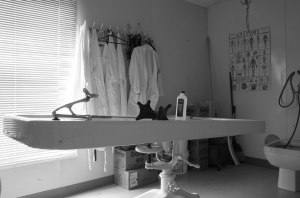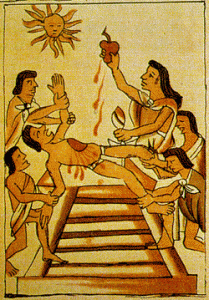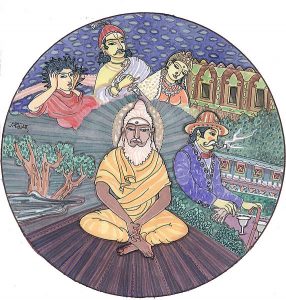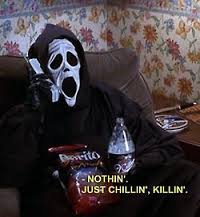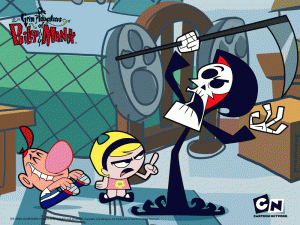Numerous studies have found critical deficiencies in the healthcare of the dying, such as being unnecessarily prolonged, expensive, painful, and emotionally taxing for both the patient and their family members. Completing an advance directive could offer a solution, enabling people to plan for and communicate their end-of-life wishes in the event that they’re unable to communicate. In essence, advance directives describe four legal documents: the living will, the medical power of attorney, the DNR, and donor registry enrollment form. But they aren’t always about stopping care. They’re about having frank conversations with loved ones, making sure they get the care they want.
While there’s little data on advance directives, a 2013 survey (n = 7946) of individuals ages 18+ showed that only 26.3% had advance directives. The chief issue was that many were unaware they existed. Higher advance directive completion correlated with age, education, and income; they were also less frequently completed among non-white demographics. This data points to racial, economic, and educational disparities, a result of several factors, including distrust in the health care system, cultural differences, and poor patient-doctor communication.
During the 2009 healthcare debate about legislation to cover uninsured Americans, the government was accused of creating “death panel” where bureaucrats could choose whether the elderly deserved healthcare on a case-to-case basis. They pointed to Section 1233 of HR 3200, which reimbursed physicians for discussing end-of-life care options with patients. The issue was highly politicized. Many of the politicians who had attacked the Affordable Care Act for death panels previously supported advance directives. The result led to a removal of the provision. When the Obama administration tried to add them in to regulations again in 2010, the political climate wasn’t ready, and they backed off.
A few months ago, a new Medicare rule was approved, finally allowing physicians to be reimbursed for end-of-life conversations as early as 2016. The underlying logic is that many physicians don’t have time to discuss in-length all of a patient’s end-of-life options without these payment incentives. Thus, the autonomy to decide can become more integrated into the consciousness of the elderly Medicare hopes to help. Even then, I question whether people will be inclined to visit the doctor’s office for mere consultations, if they aren’t receiving treatment or leaving with a prescription. But the majority of Americans naturally avoid addressing end-of-life, so advocacy on the part of physicians to discuss the topic could make the difference.
Doctors could be motivated by the desire to cut healthcare costs by pushing patients to avoid potentially lifesaving procedures. In my opinion, they’re more biased towards keeping people alive, because it’s deeply ingrained in their medical culture. To do less may be incompatible with what they’ve been taught. In placing the responsibility of interpreting advance directives on physicians, they lessen the burden on family members during the dying process. Further research should examine how health care professionals react: whether they adhere to, misinterpret or completely ignore what’s written.
http://www.ncbi.nlm.nih.gov/pubmed/24355673

